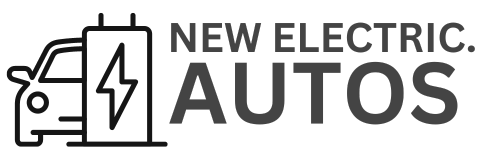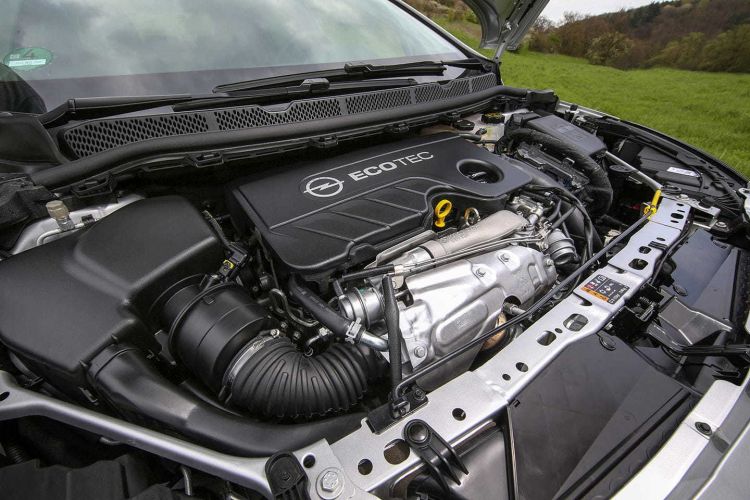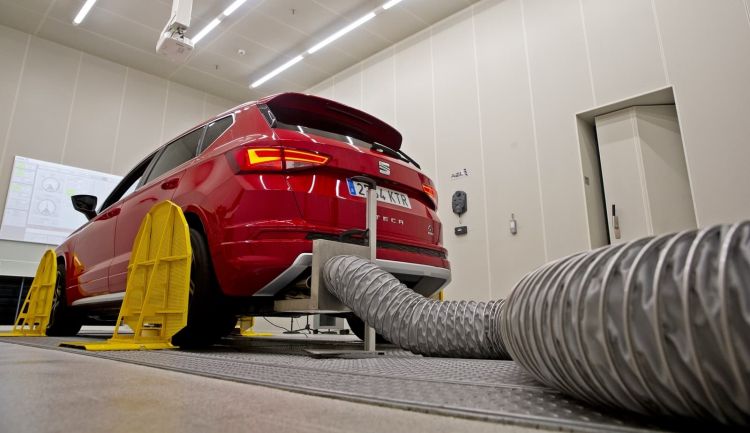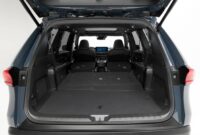Remember when your carbureted car took forever to start on cold winter mornings? This anachronistic stamp that only a few will remember could once again be rabidly topical with the arrival of the Euro 7 anti-pollution regulation. This regulation, although softened with respect to the original drafts, represents a hard check to internal combustion cars, whose emissions must be at the approved values from the moment they are started. This is where the new e-catalysts.
Without going into too many regulatory details, Euro 7 tightens the limits of polluting emissions, and a new precept is introduced that limits the total amount of pollutants in the first 10 km of the homologation cycles, started with a cold engine. This poses a great challenge for anti-pollution systems in cars: combustion is not perfect when a car engine is cold. And to solve this technical problem, manufacturers and suppliers will turn to the new e-catalystsor supercatalysts.
Any vehicle manufactured after July 2025 will have to be compatible with the Euro 7 standard.
They are still relatively conventional catalysts in their concept of operation, but the novelty is that they will be quickly preheated. A catalytic converter needs to be at hundreds of degrees to work properly and reduce emissions from the car. What many OEMs are considering is introducing a resistance (a heater) and a fan that preheats them before starting the engine. This operation is not instant, and is estimated to take half a minute. half a minute from the moment we pressed the start button of the car.
Until that half minute has elapsed the engine will not start. The time could be significantly shortened by advancing the heating through sensors that detect that we open the vehicle or occupy the seats. In any case, suppliers such as Mahle Powertrain claim that even in this case there would be a delay of a few seconds when starting the vehicle. At a technical level, this preheating system will require the presence of a 48 volt electrical system or some type of hybridization, due to the electrical consumption of this system.
E-catalysts are very bulky, and it could be difficult to install them in small or low cars.
Another alternative to this preheating of the catalyst could be a burner system, similar to that of an oil heater. However, this system is not the most optimal: it will affect fuel consumption and can be noisy. E-catalysts are 30% more bulky than current catalysts and the added cost when buying a car will be about 600 euros, according to the European Union. This extra cost joins that of the particulate filters for brakes and the rest of the anti-pollution refinements of the Euro 7.
Since Bus Business They affirm that the “retrofit”, or the retrocompatibility of the e-catalysts with existing cars and engines will be at least a challenge, and this will cause the supply of combustion vehicles to be reduced even more. In addition, its cost will mean that only vehicles with higher added value – vehicles such as high-priced SUVs or crossovers – will choose to continue offering electrified internal combustion engines, leading to the tacit disappearance of segments such as urban or utility.
The transition to zero or low emission mobility will exclude low incomes, condemning them to second hand.





